9 Blue Vegetables You Need To Know About
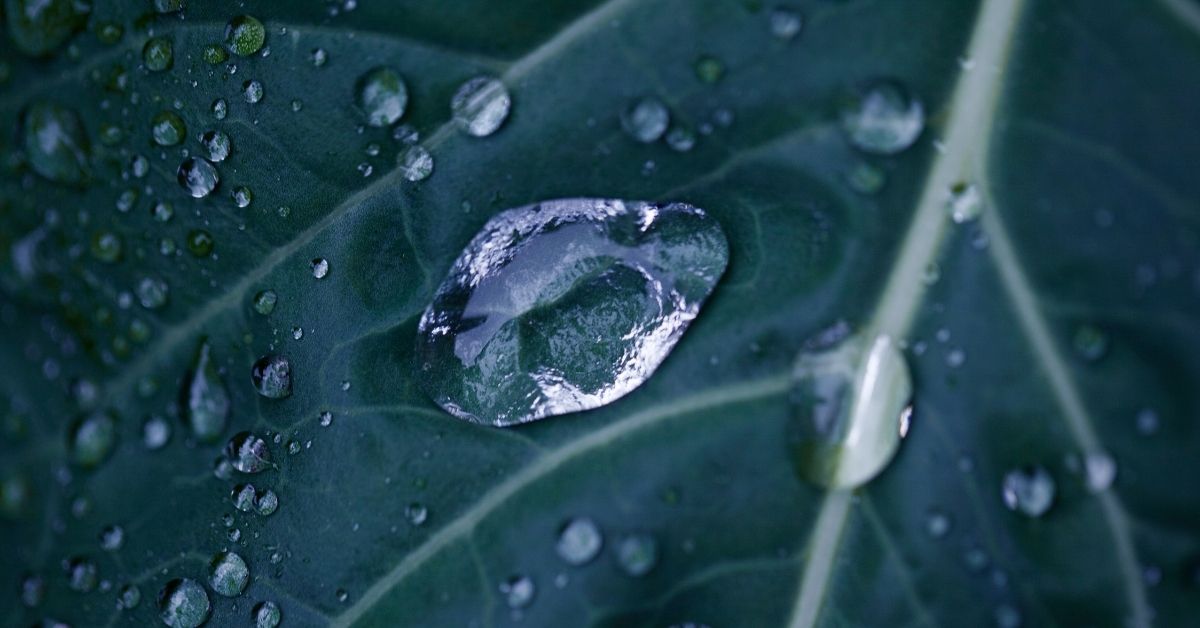
Like blue fruits, blue vegetables are rare in nature. One of the interesting facts about them is that they are usually very rich in nutrients, such as fiber and antioxidants. In addition to that, they also deliver great taste.
Vates Blue Curled Scotch Kale

The Vates Blue Curled Scotch Kale Seeds are one of the most common blue-seed vegetables worldwide. This vegetable has been around since the 1700s. It originated in the eastern Mediterranean and Asia Minor and is currently available in several colors, including green, purple, and blue. The green, leafy variety is the most popular.
The Blue Curled Scotch Kale vegetable can be used for many things. For instance, you can take advantage of the vegetable as a garnish. That’s not all; Scotch Kale is also perfect in hearty winter dishes.
The vegetable provides several different nutrients: vitamin A, vitamin B-9, and vitamin C. The Blue Curled Scotch Kale vegetable also contains antioxidants, which help to protect the body against the effects of free radicals. The vegetable has an anti-inflammatory property and is capable of preventing cancer.
Blue Tomatoes
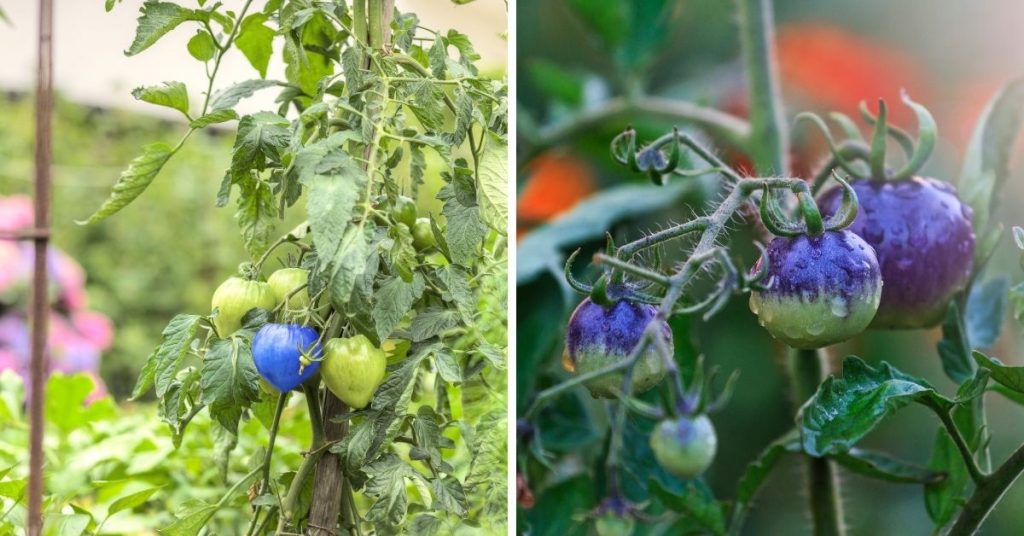
Another good example of blue vegetables is blue tomatoes. They are available in several varieties, including Blue Bayou, Indigo Ruby, and Fahrenheit Blue.
Blue Bayou tomatoes, also known as Solanum Lycopersicum, were bred by Tom Wagner. This variety is blue to dark purple and delivers a sweet and tangy flavor.
Fahrenheit Blue tomatoes were developed at the University of Oregon in the 1960s. They have blue to purple skin and are a great source of anthocyanins.
Indigo Rugby, also known as Solanum Lycopersicum Hybrid, is another variety of blue tomatoes. It offers a pleasant aroma and sweet flavor. The tomato is also a great source of many nutrients, including vitamin E.
Blue Corns
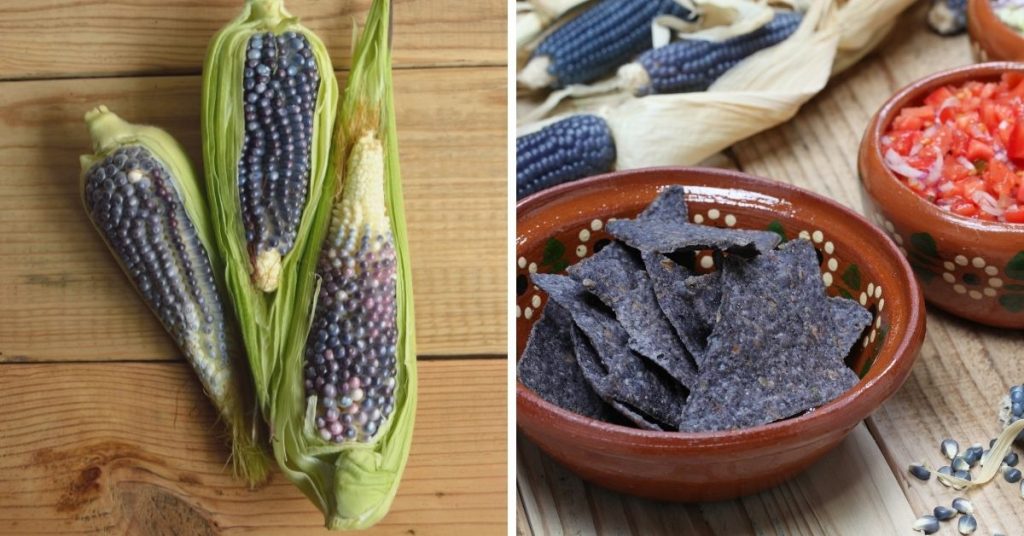
Blue Corn is a type of corn that originates from the Hopi tribe – they are the Pueblo Indians of the Rio Grande in New Mexico. This corn has been around since the early 1950s.
Blue corns are available in different varieties and several colors, including black and blue-grey. Today, they make several different food products, including blue corn chips and blue corn pancakes.
Unlike other corns, blue corns have less indigestible starch and contain about 20 percent of protein. In addition to that, the corns also contain anthocyanins, which help to prevent inflammation.
Filius Blue Peppers
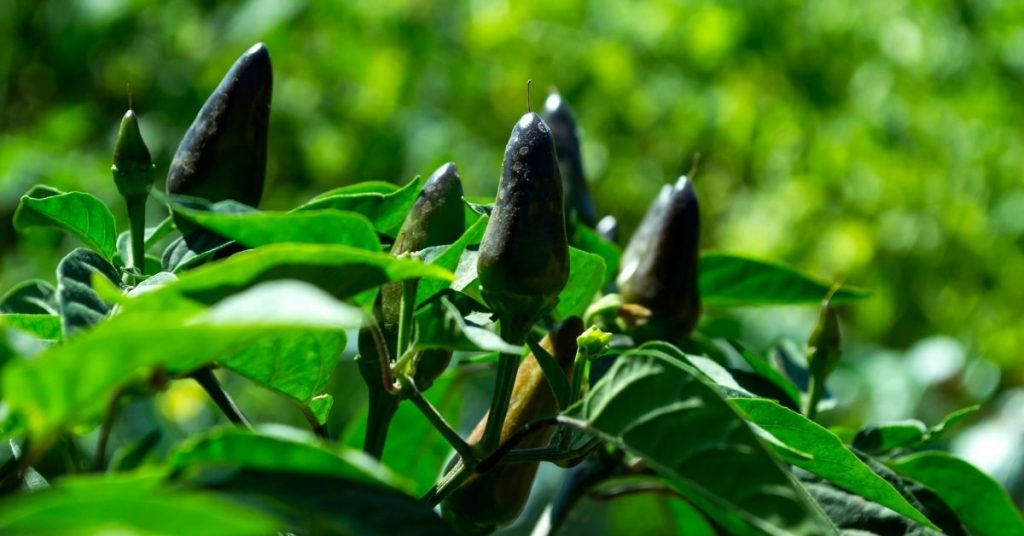
The Filius Blue Peppers originate from Mexico. It’s a compact chili pepper plant that delivers up to 50,000 Scoville heat units. Apart from that, these peppers offer a bell-peppery flavor and sweet taste.
One of the benefits of these peppers is that they are perfect for making salsas, sauces, salads, and sandwiches.
Blue Carrots
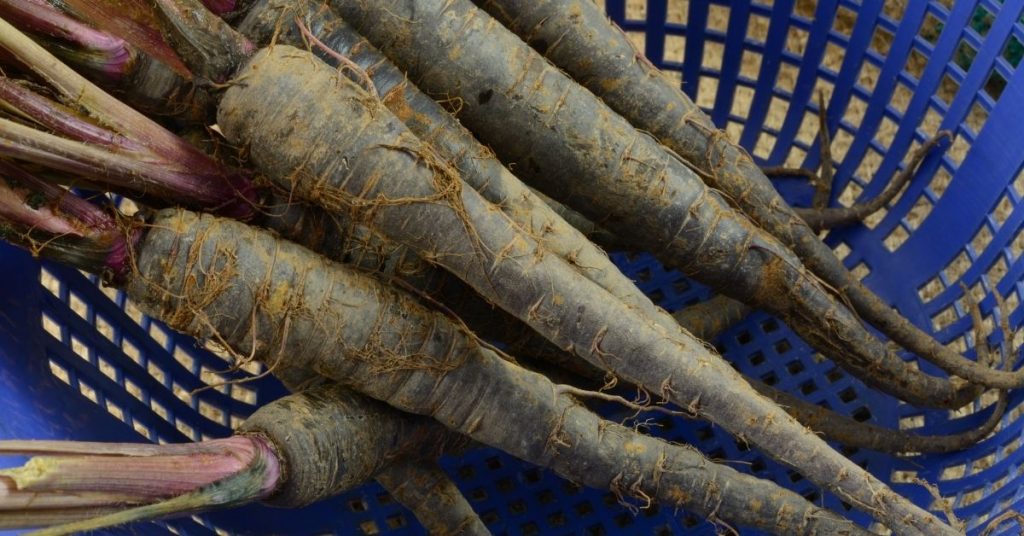
Blue carrots have been around for a while now. They offer all the health benefits of the popular orange carrots, such as vitamin A and beta-carotene.
In addition, these carrots contain a high amount of anthocyanins, an antioxidant that helps to prevent inflammation and improve memory.
Blue Potatoes
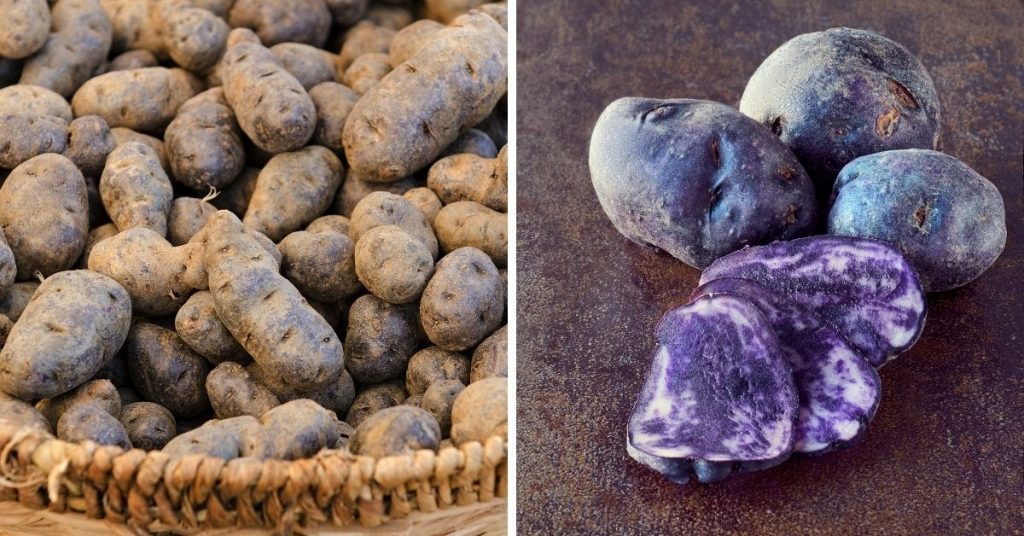
The blue color of these potatoes is due to the presence of anthocyanins. These veggies have been around for quite some time and are available in different types, including All Blue and Adirondack Blue.
These potatoes contain many excellent nutrients, including anthocyanin, a polyphenol antioxidant that helps improve memory, prevent inflammation, and reduce the risks of heart diseases. [1]
Tall Blue Lettuce
Tall Blue Lettuce, also known as Lactuca biennis, is native to the eastern parts of the United States and Canada. This plant has been around for several decades. It can be utilized for medicinal purposes, such as preventing hemorrhages, heart diseases, diarrhea, and vomiting. [2]
Blue Pumpkins
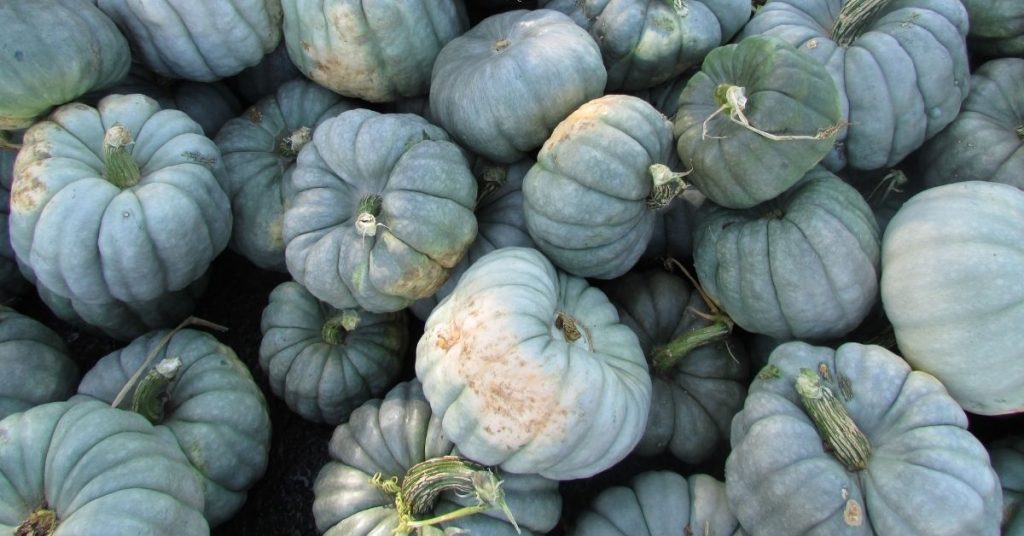
Blue Pumpkins, botanically known as Cucurbita maxima, is a type of pumpkin native to South America. This pumpkin species offers tons of excellent health benefits; it’s a great source of vitamin A, carbohydrates, and minerals. [3]
Blue Pansy Flowers
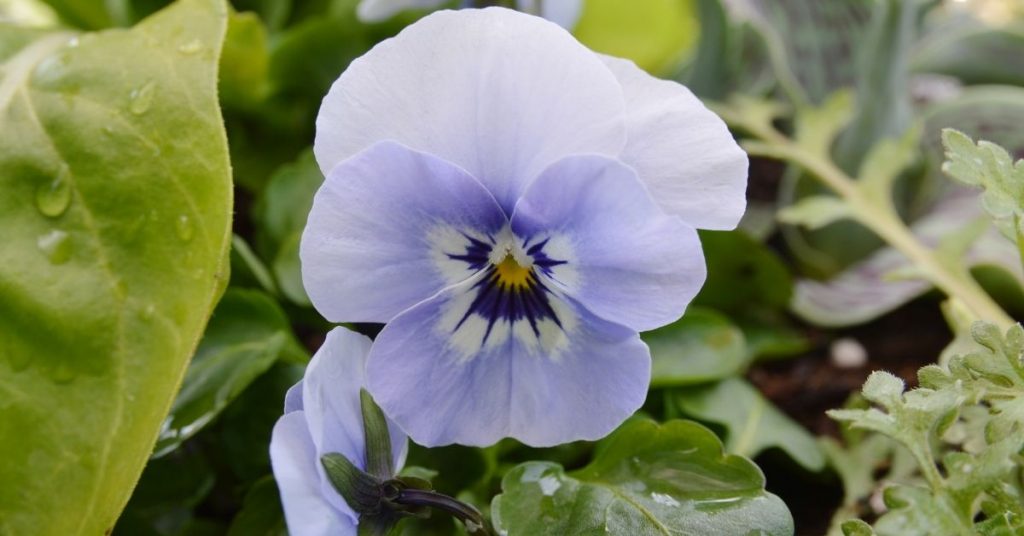
Blue Pansy Flowers are edible flowers originating from Iver, Buckinghamshire, England. The plants have been around since the early 1800s. As the name sounds, Pansy flowers are available in blue color.
Blue pansies can be utilized for several different things. One of them is that they make a perfect addition to some meals. Furthermore, Blue Pansies have both antioxidant and anti-inflammatory properties. They are effective for improving memory and preventing heart issues.
